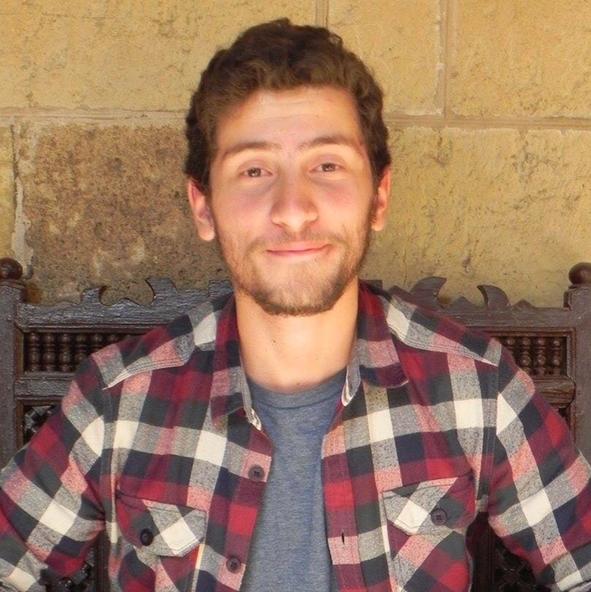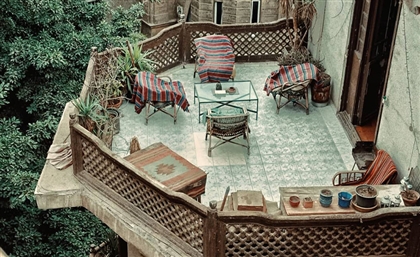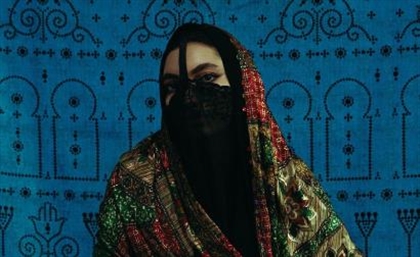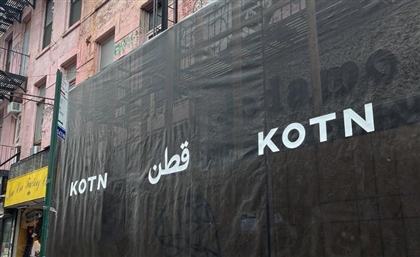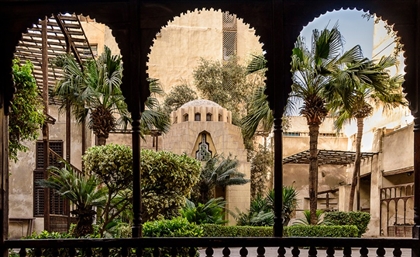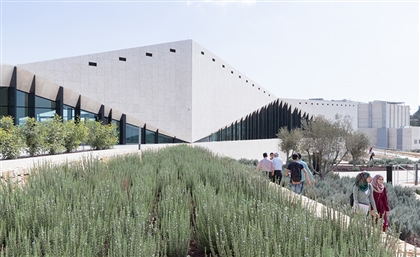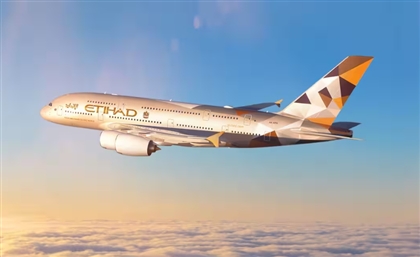This Swiss-Egyptian Photographer Views Europe Through Mosque Windows
While working at a restaurant in the Swiss mountains, this photographer went on to take a series of images of European cities from within the many mosques that occupy them.
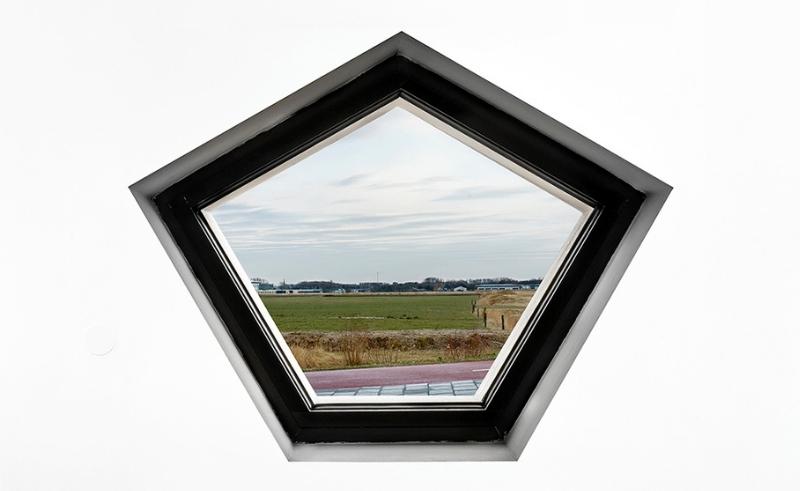
At a time when billions of images are being produced, the notion that an image can speak a thousand words still remains relevant. Marwan Bassiouni, a Swiss photographer of Egyptian and Italian-American origin, channelled his multicultural background into a photography project that aims to reinterpret the perception of Muslim communities in Europe by taking photographs of European cities through the windows of mosques that vary in their interior design as they do in their cultural influences, in projects titled ‘New Dutch Views’ and ‘New Western Views’.
 “When it came to taking images at mosques I chose to do so inside because I wanted the project to engage with how Islam is perceived,” Bassiouni tells #SceneHome. Growing up in Switzerland, and having visited Egypt and the United States throughout his upbringing, Bassiouni had a nuanced perspective of mosques. “I wanted to bring parts of that perspective because it felt like most photographs of mosques were sensationalising and exoticising, there was always this distance that leaves out the humanistic reality and lacks compassion.”
“When it came to taking images at mosques I chose to do so inside because I wanted the project to engage with how Islam is perceived,” Bassiouni tells #SceneHome. Growing up in Switzerland, and having visited Egypt and the United States throughout his upbringing, Bassiouni had a nuanced perspective of mosques. “I wanted to bring parts of that perspective because it felt like most photographs of mosques were sensationalising and exoticising, there was always this distance that leaves out the humanistic reality and lacks compassion.”
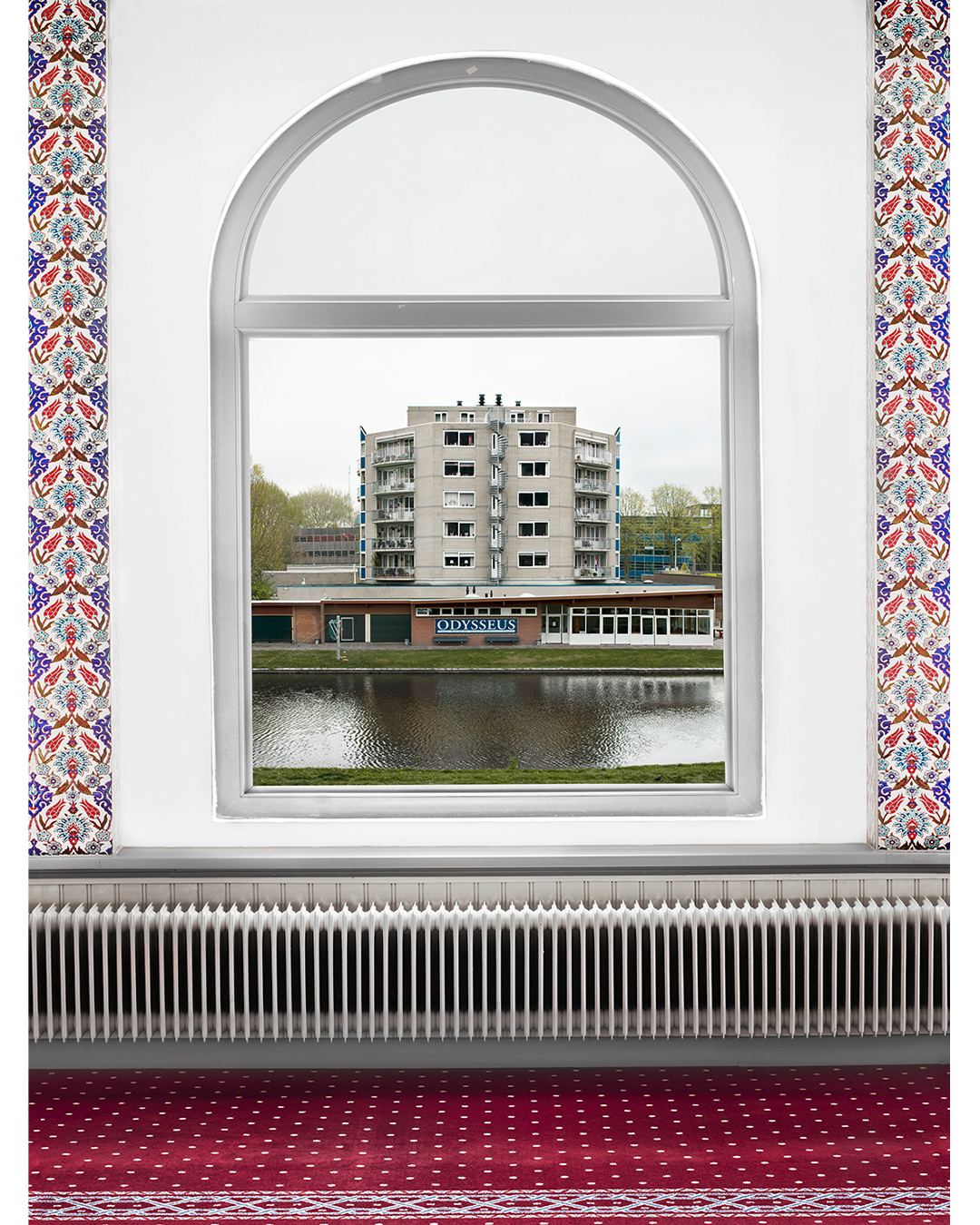 Bassiouni began photographing this way to bring Western landscapes inside the mosques. “These mosques aren’t in a Muslim country, they are here. In Switzerland, the Netherlands and England, and all over Europe,” Bassiouni says. “I wanted to underline that they are part of these countries.”
Bassiouni began photographing this way to bring Western landscapes inside the mosques. “These mosques aren’t in a Muslim country, they are here. In Switzerland, the Netherlands and England, and all over Europe,” Bassiouni says. “I wanted to underline that they are part of these countries.”
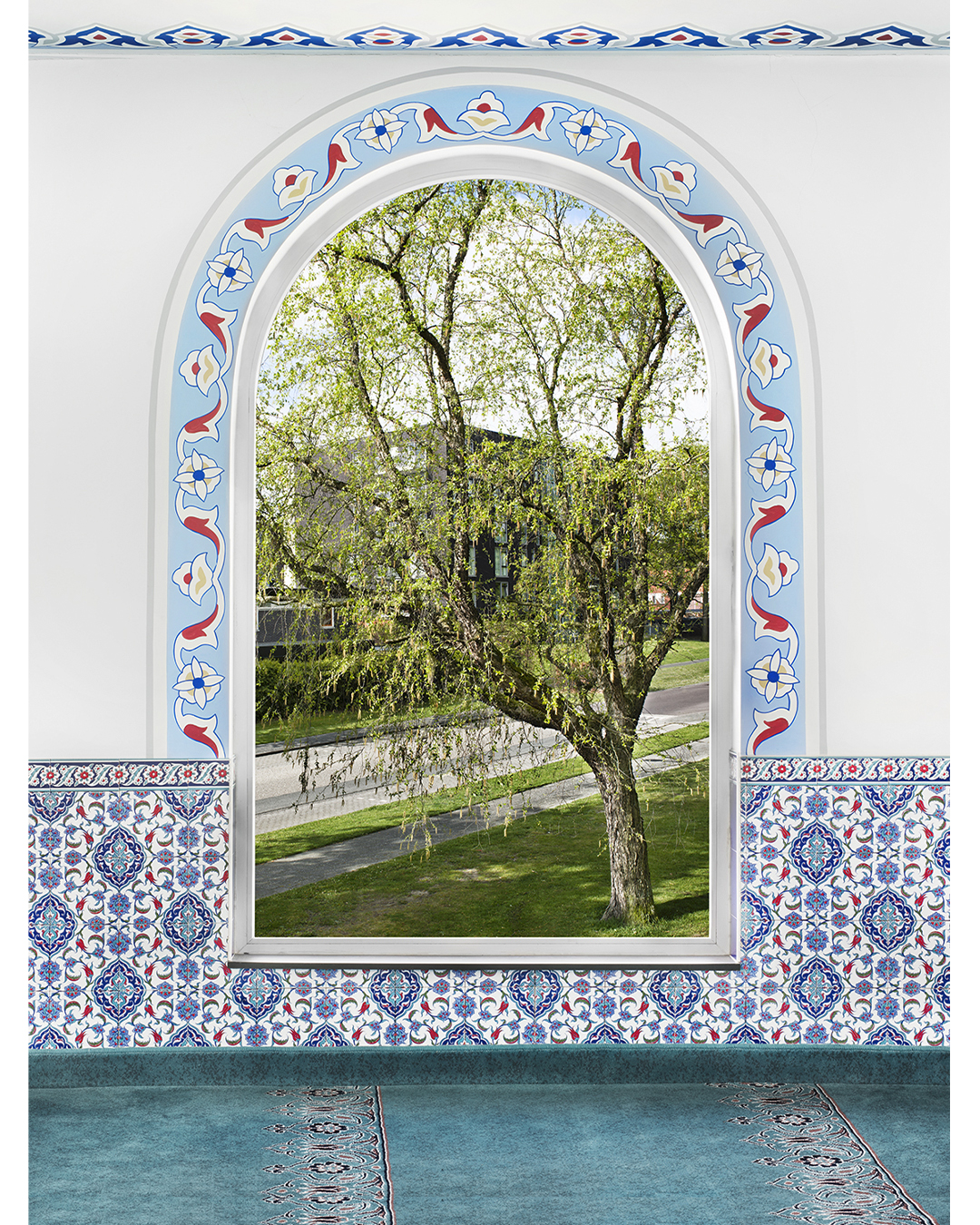 Photography in the United Kingdom, Netherlands and Switzerland subjected Bassiouni to a plethora of cultures, and with them came a variety of interiors. Differences between the cultures are evident in the shape of the windows and the materials used to build the mosques. Other differences run even deeper. In the Netherlands, for example, the mosques are mainly influenced by Turkish and Moroccan backgrounds. “Moroccans typically have minimal shapes and the Turkish are usually more ornamental and like to use blue tiles,” he says. “If you go to the United Kingdom you’ll find a different type of architecture because of the Pakistani-British community that resides there.”
Photography in the United Kingdom, Netherlands and Switzerland subjected Bassiouni to a plethora of cultures, and with them came a variety of interiors. Differences between the cultures are evident in the shape of the windows and the materials used to build the mosques. Other differences run even deeper. In the Netherlands, for example, the mosques are mainly influenced by Turkish and Moroccan backgrounds. “Moroccans typically have minimal shapes and the Turkish are usually more ornamental and like to use blue tiles,” he says. “If you go to the United Kingdom you’ll find a different type of architecture because of the Pakistani-British community that resides there.”
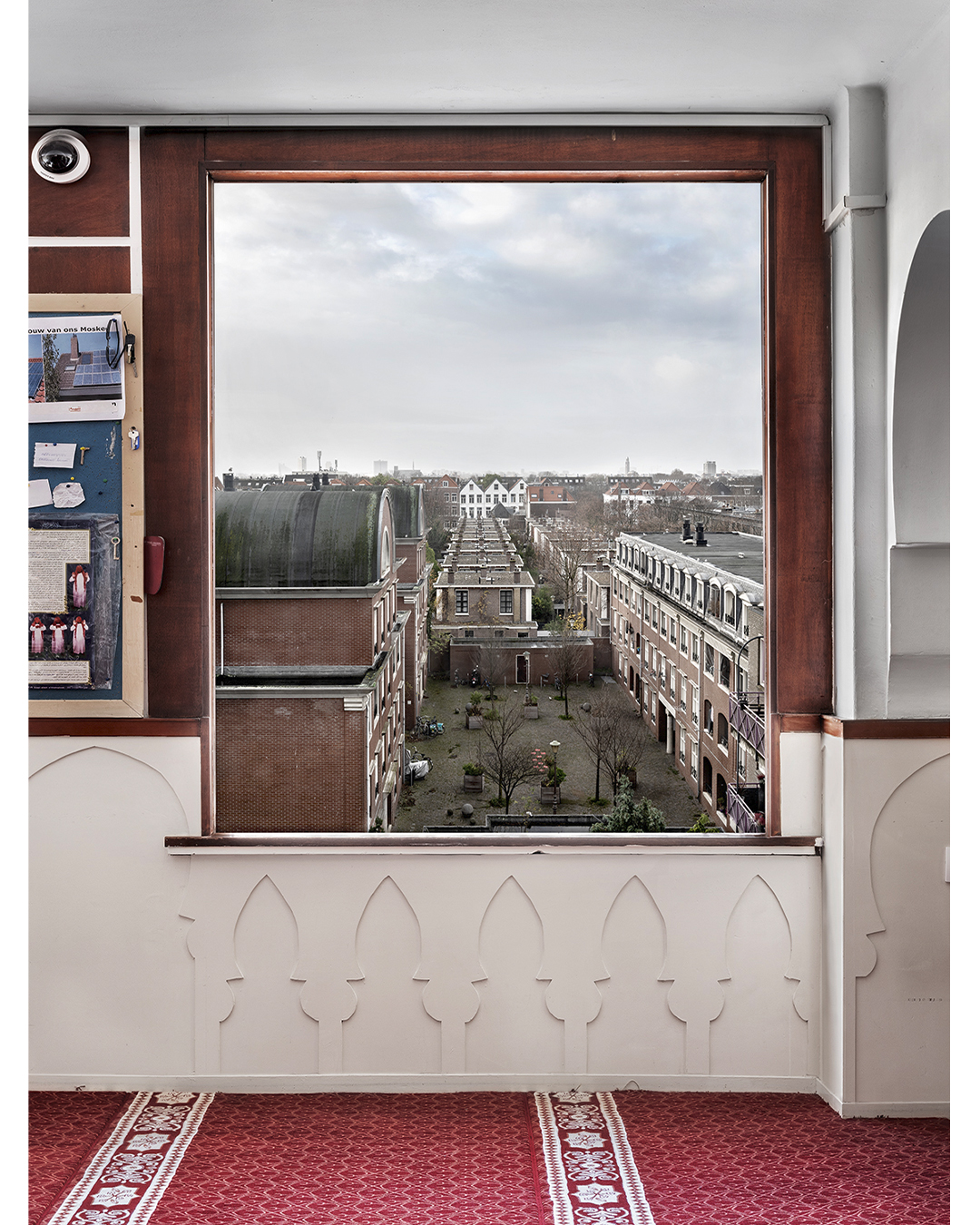 The mosque’s interiors also say a lot about where it’s located, reflecting history and economics in the way they’ve been built. “I think that in each country, the Muslim community reflects the local culture,” Bassioni adds. “I thought maybe a photography project can shed light on this.”
The mosque’s interiors also say a lot about where it’s located, reflecting history and economics in the way they’ve been built. “I think that in each country, the Muslim community reflects the local culture,” Bassioni adds. “I thought maybe a photography project can shed light on this.”
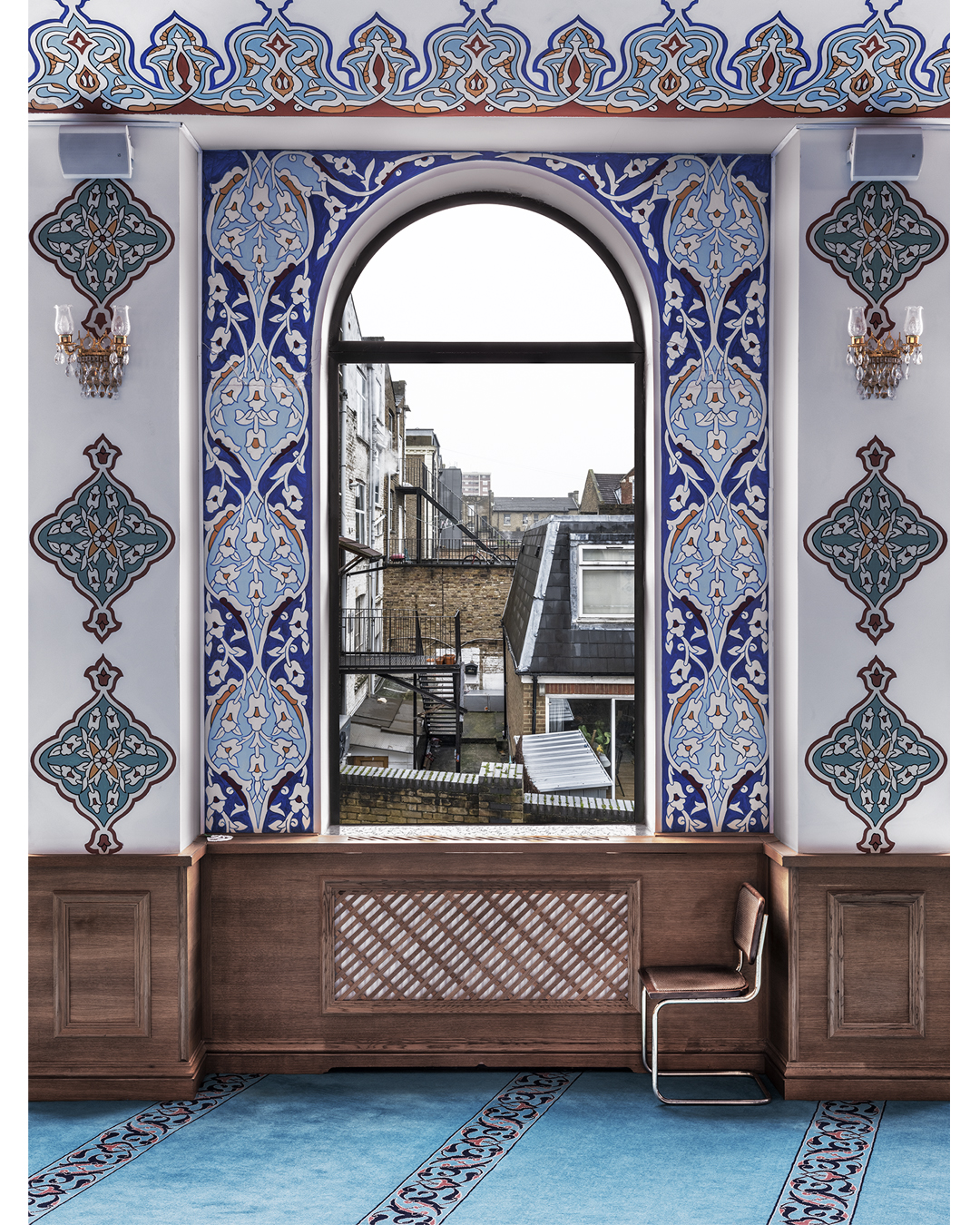 Pursuing a professional career in photography, Bassiouni left the Swiss mountain he was living and working on and studied at the Royal Academy of Art in the Hague. At the time he was doing journalistic, socially focused photography that put an emphasis on storytelling. That experience made Bassiouni more aware of the power and politics of photography, and the implications of selecting narratives. “That’s when I started to think about taking photographs that can contribute in widening the image of Islam and the Middle East in the West,” he says.
Pursuing a professional career in photography, Bassiouni left the Swiss mountain he was living and working on and studied at the Royal Academy of Art in the Hague. At the time he was doing journalistic, socially focused photography that put an emphasis on storytelling. That experience made Bassiouni more aware of the power and politics of photography, and the implications of selecting narratives. “That’s when I started to think about taking photographs that can contribute in widening the image of Islam and the Middle East in the West,” he says.
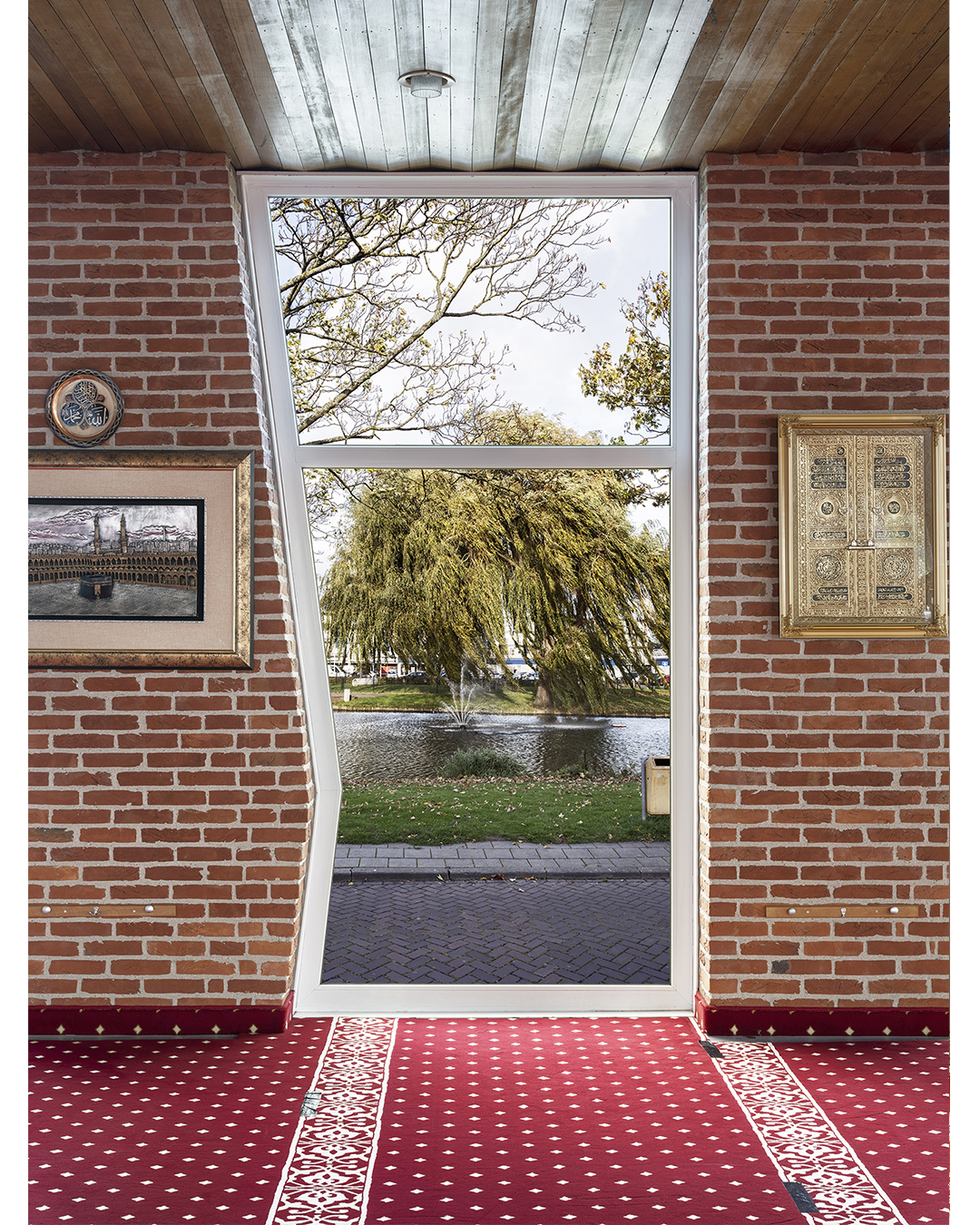 Bassiouni’s work is long term; New Dutch Views was made between 2018 and 2019, and expanded in 2021 to include Switzerland, the United Kingdom and this year, Scotland. “It’s an ongoing project, I still have a list with about two dozen countries that I wish to visit and depict,” Bassioni explains.
Bassiouni’s work is long term; New Dutch Views was made between 2018 and 2019, and expanded in 2021 to include Switzerland, the United Kingdom and this year, Scotland. “It’s an ongoing project, I still have a list with about two dozen countries that I wish to visit and depict,” Bassioni explains.
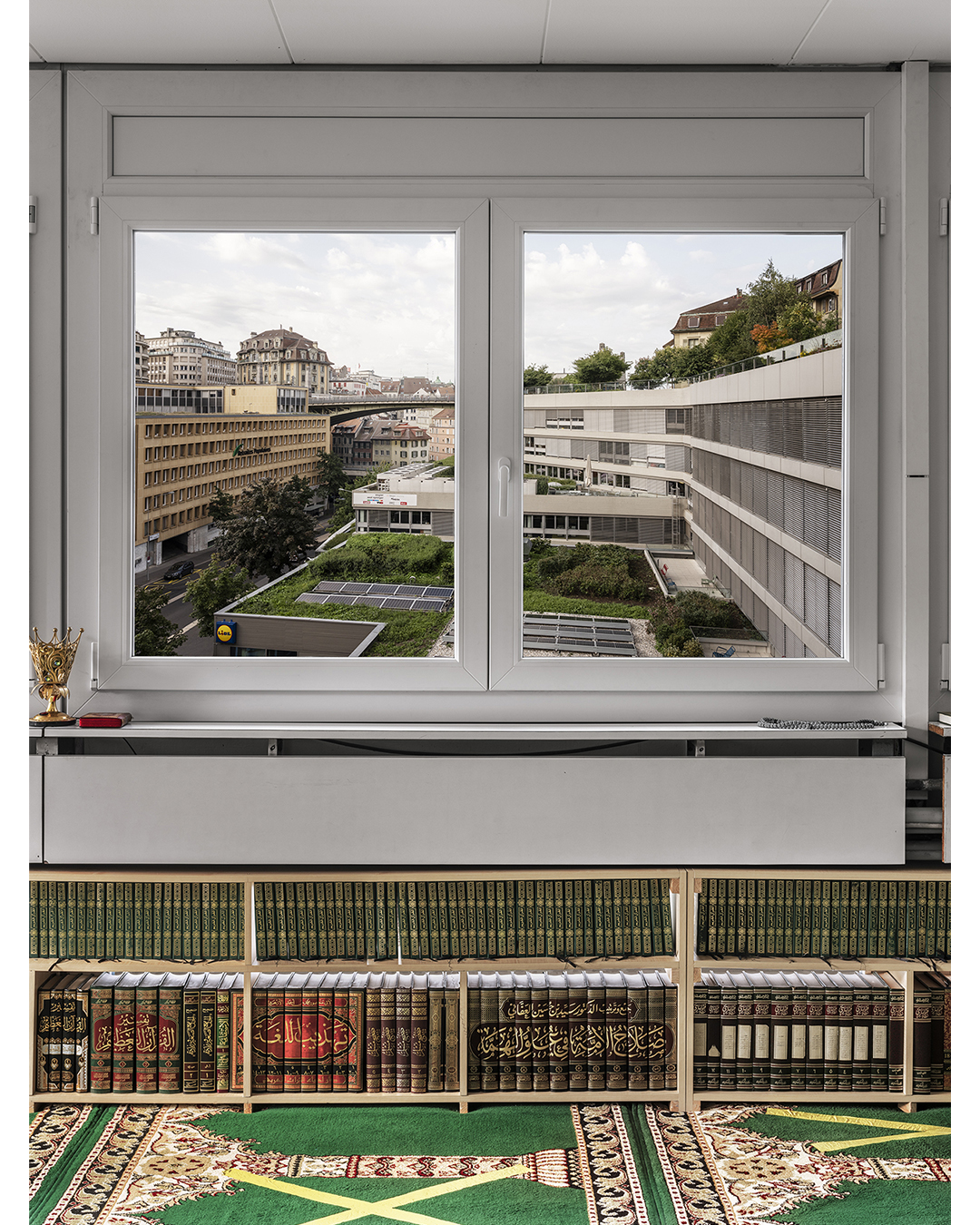 Although Bassiouni does not think that photography can make immediate changes, he also believes that the longer someone spends looking at an image, the more time they spend with a subject matter. And in doing so, they may spend some of that time contemplating all the differences between them and other communities - and perhaps more importantly, all the similarities they share.
Although Bassiouni does not think that photography can make immediate changes, he also believes that the longer someone spends looking at an image, the more time they spend with a subject matter. And in doing so, they may spend some of that time contemplating all the differences between them and other communities - and perhaps more importantly, all the similarities they share.
- Previous Article Dr.Sisilove or How (Not) To Diffuse A Bomb
- Next Article Explore Middle Eastern Wonders Aboard Windstar’s Luxury Cruises
Trending This Week
-
Apr 23, 2024
-
Apr 18, 2024



